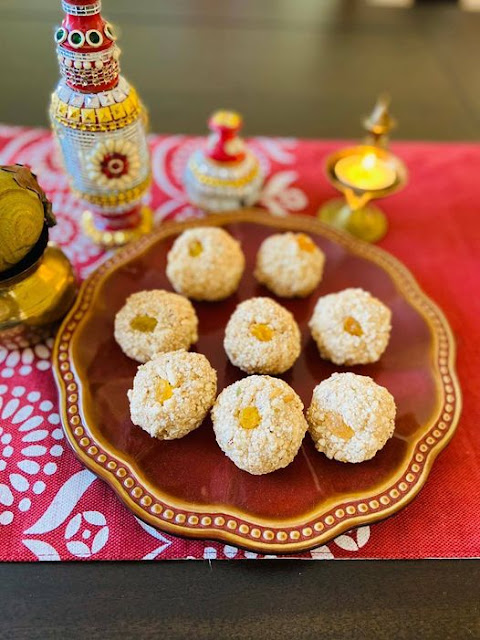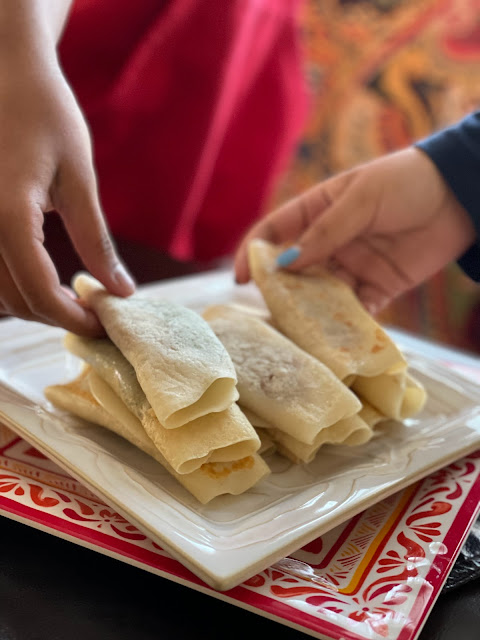Maggi Shakshuka | Shakshouka with Maggi
Shakshouka is a Maghrebi dish from Northwest Africa, of eggs poached in a sauce of tomatoes, olive oil, peppers, onion and garlic, commonly spiced with cumin, paprika and cayenne pepper. According to Joan Nathan, shakshouka originated in Ottoman North Africa in the mid-16th century after tomatoes were introduced to the region by Hernan Cortés as part of the Columbian exchange.We love and make Shakshuka often. It works out best as a quick brunch just by itself. Since I love Maggi, in this recipe I have added my favorite Maggi to my another favorite Shakshuka.
For us, children of the 70s who had never heard the word "fast-food" , Maggi was a revolution. Before that, fast food was food that you ate fast, quickly so that you didn't get caught -- like that whole pack of Bourbon biscuits, or half of that Tamarind pickle left out in the sun, or that two tablespoon from the Amul Milk Powder tin. Anything that had to be cooked took time and was slow!
And then Maggi came with its promise of 2-minutes and smiling faces on telly -- the happy Mom and the happier kids. Fast cooking was their keyword.
Maggi soon became a special treat in our grocery list. However my mother, totally skipped the key word 2- Minutes.
Instead she chopped carrots and green beans, sautéed onions and tomatoes, cooked Maggi, then fried the cooked Maggi with the vegetables, scrambled eggs, mixed the egg with the Maggi. In total it took at least 20-30 minutes!! This was at least better than some of the other Kakimas in the neighborhood who added curry leaves, potatoes, peanuts, turmeric and everything but eggplant to Maggi.
None of that reduced my love for Maggi though. It was not a regularly allowed treat and so I think the love kept increasing. And of course it was the first thing I learned to cook. Even my kids love Maggi and Maggi cooked in microwave was the first food they were allowed to on their own.
There are many different ways we eat Maggi. My kids like it in its most basic 2-minute from. Like my Mother though, I always make Maggi a greater than 2 minute noodle.
Now, Shakshouka is a Maghrebi dish from Northwest Africa, of eggs poached in a sauce of tomatoes, olive oil, peppers, onion and garlic, commonly spiced with cumin, paprika and cayenne pepper. According to Joan Nathan, shakshouka originated in Ottoman North Africa in the mid-16th century after tomatoes were introduced to the region by Hernan Cortés as part of the Columbian exchange.
Both me and the husband-man love and make Shakshuka often. It works out best as a quick brunch just by itself, even no bread is needed.
Since I love Maggi, I thought why not add my favorite Maggi to my another favorite Shakshuka. At least I am not adding curry leaves or eggplant. Wait! Maybe next time I will do that.








